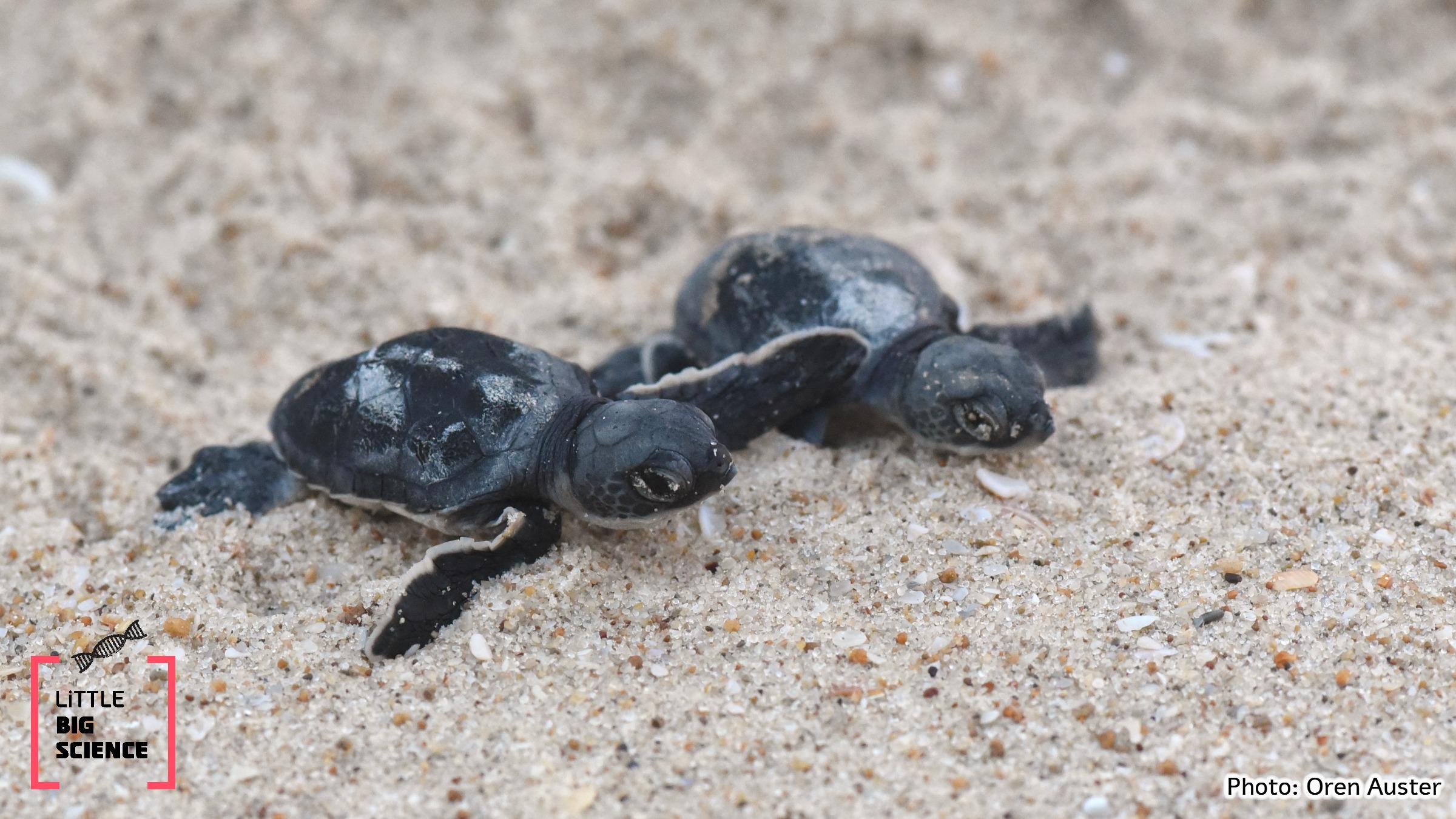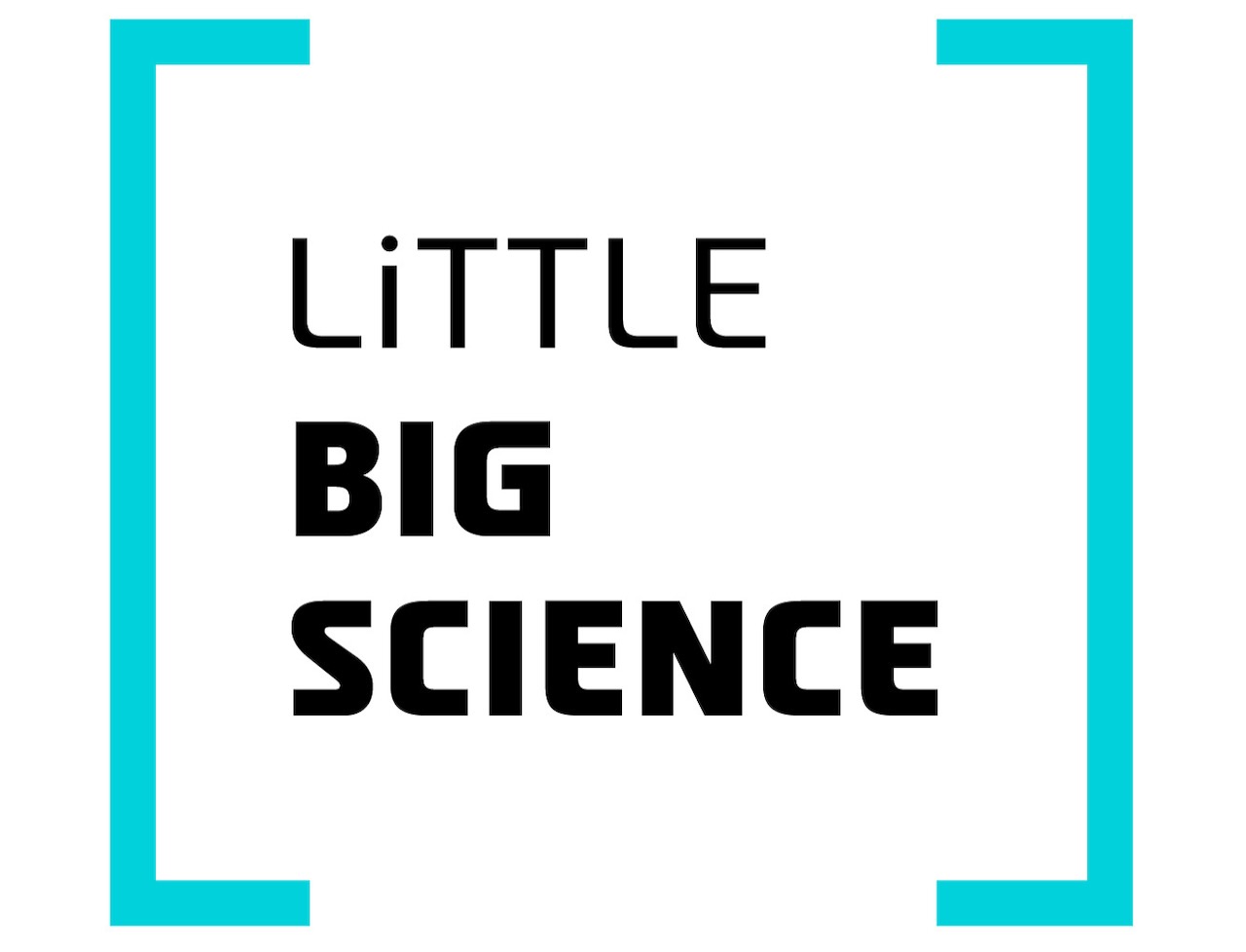
The Green Sea Turtle is no longer at risk of global extinction. Its extinction status was recently updated and downgraded by three full categories! This is very encouraging, but despite significant improvement and many efforts, in certain places—such as here in Israel—the situation does not justify such a downgrade.
Advertisement
In early October, the World Conservation Congress of the International Union for Conservation of Nature (IUCN) Red List of Threatened Species [1] took place in Abu Dhabi. Experts at the conference updated the Red List, which defines the extinction-risk status of more than 170,000 animal and plant species, 28% of which are endangered species. The status is determined by assessing several factors such as current population size, the rate of population decline or increase, available habitat size, its quality, and more.
As one might expect, many of the congress updates are negative, meaning that the extinction-risk status of numerous species has been revised to a more severe level. For example, three species of Arctic seals were reported to be threatened by global warming.
But there is good news as well! One species whose risk category has been markedly downgraded is the Green Sea Turtle (Chelonia mydas), which also inhabits the Mediterranean Sea and nests on Israel’s shores. For more than twenty years, the Green Sea Turtle was listed as “EN—Endangered”, mainly because in the 1930s it was hunted for food at a rate that reached 2,000 turtles per year [2,3]. It has now been lowered by three categories to “LC—Least Concern” [4]. This means that the species’ probability of extinction within the next hundred years is estimated at below 10%, that each regional sub-population contains well above 10,000 mature individuals, and that the global population has declined by less than 10% over the past decade.
This welcome downgrade did not occur without effort. Over the past decades, major initiatives have been undertaken to rescue and boost Green Sea Turtle populations, which inhabit tropical and subtropical oceans worldwide, including Israel. Nevertheless, although the population has grown by 28% since the 1970s, there are still regions—such as the Mediterranean—where the species remains at risk.
Conservation efforts for the Green Sea Turtle—a species with a key influence on its ecosystem—are diverse and include protecting nests and hatchlings, preventing the hunting of sea turtles (including by-catch in the fishing industry), banning the collection of turtle eggs for consumption, prohibiting fishing in certain areas during the mating season, and more. Other hazards are harder to mitigate, such as plastic pollution in the ocean [5]; sea-level rise that reduces the extent of sandy beaches suitable for nesting; light pollution that disorients hatchlings on their way to the sea; predation by irruptive species (such as foxes in Israel); and global warming, which affects the sex of the embryo developing in the egg and results in many more females than males [6]. Clearly, conserving a single species is insufficient if the ecosystem to which it belongs collapses, so it is crucial to safeguard the entire marine environment.
For more than thirty years, extensive efforts have also been made in Israel to protect the Green and Loggerhead Sea Turtles that inhabit the Mediterranean coast. Females of both species come ashore to nest [7] on beaches across the country, and to safeguard their nests and ensure that hatchlings reach the sea, the Israel Nature and Parks Authority and the Sea Turtle Rescue Center [8], with the help of hundreds of volunteers (with whom I once served), work tirelessly to treat injured turtles, rehabilitate them, and release them back to the sea. During the nesting season, beaches are surveyed at sunrise to locate nests laid during the night. Nests laid in areas that are not designated nature reserves are relocated to protected hatcheries, where volunteers known as “turtle babysitters” watch over them and help hatchlings make their way to the sea at night. The center also invites people to join a waiting list for nest-opening tours [9] during the hatching season in summer—a highly recommended and educational experience.
In 2023, the Israel Nature and Parks Authority deployed about 600 volunteers who participated in beach surveys, nest guarding, and work at the The National Sea Turtle Rescue Center. In addition, since 2002 the center has maintained a Green Sea Turtle breeding program. In 2017, trawl fishing was banned during the sea-turtle mating season, and in northern Israel the ban applies year-round.
The number of nests on Israel’s beaches has increased in recent years [10]. A summary of the 2023 nesting season recorded 400 nests attributed to 160 loggerhead turtle females [11]—the most common nesting sea-turtle species on Israel’s shores—and about seven Green Turtle females that came ashore during the season and laid 30 nests.
Sea turtle populations grow very slowly. They begin mating only between the ages of 20 and 30 (their total lifespan is estimated at 50–70 years), so it is still too early to say which interventions have made the difference and to what extent. Yet, happily, the recently published Israeli Red Book of Reptiles [12] changed the local extinction-risk status of the Green Sea Turtle from “CR—Critically Endangered” to “EN—Endangered” [12]. This positive change is welcome, and we hope it will continue in the coming years.
Hebrew editing: Shir Rosenblum-Man
English editing: Elee Shimshoni
Sources
- Press release
- What endangers sea turtles—Israel Nature and Parks Authority
- Green Sea Turtle—NOAA
- Green Sea Turtle status on the IUCN Red List
- Turtle in a bag
- They are the 99 %
- Hush… sea-turtle females are coming to nest
- The National Sea Turtle Rescue Center website
- Registration for nest-opening tours
- Sea-turtle nesting on Israel’s beaches
- Loggerhead Turtle—NOAA
- Green Sea Turtle status in Israel (Hebrew)







